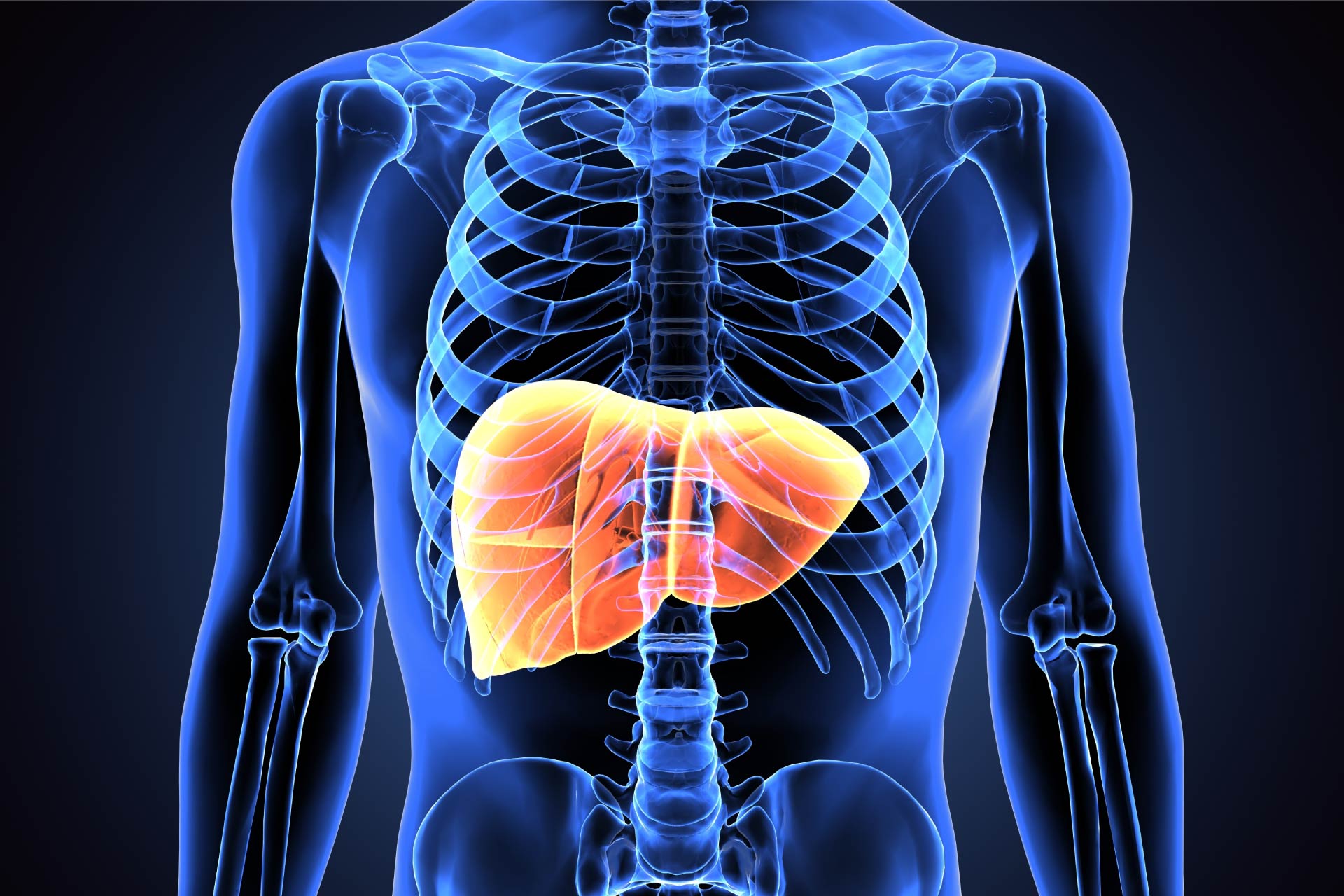• Far-reaching effects
• Liver toxicity
What is already known on this topic
The gut microbiota is thought to influence the function of tissues and organs well beyond the intestine. But the mechanisms through which gut bacteria impact human physiology are unclear.What this research adds
In a study done in mice, researchers found that the gut microbiota protects against liver damage by activating the transcription factor Nrf2. The gut commensal Lactobacillus rhamnosus is responsible for producing a small molecule that travels from the gut to the liver and activates Nrf2, protecting the organ from acetaminophen and ethanol damage.Conclusion
The findings reveal how the gut microbiota influences organs beyond the intestine by preventing liver damage.
The gut microbiota is known to play a key role in many intestinal conditions, including inflammatory bowel disease, celiac disease, and colon cancer. Recently, however, scientists have started to appreciate that the effects of gut-resident bacteria can have effects on distant organs such as the pancreas, heart, and even the brain. Now, a study in mice shows that gut microbes can act at a distance to protect against liver damage.
The findings, published in Cell Metabolism, suggests that the microbiota can change how the host processes drugs and other substances that aren’t naturally present within the organism.
While it’s clear that the gut microbiota can influence the function of tissues and organs well beyond the intestine, the mechanisms through which gut bacteria influence human physiology are unclear.
To investigate how gut-resident microbes influence liver function, Andrew Neish at Emory University School of Medicine in Atlanta, Georgia, and his colleagues analyzed liver tissue from germ-free mice and mice with a normal microbiota.
Far-reaching effects
Compared to germ-free mice, conventionally raised rodents showed shifts in pathways that are known to be modulated by the microbiota, such as liver amino acid metabolism and bile acid production. The analyses also revealed that gut microbes induced regulatory networks involved in drug metabolism and antioxidant response.
In particular, gut bacteria appeared to activate the transcription factor Nrf2 in the liver. Nrf2 is a master regulator of the cellular antioxidant response and is involved in the liver response to substances such as drugs, which aren’t naturally present within the organism.
Further experiments in fruit flies showed that Lactobacilli bacteria, including the human commensal Lactobacillus rhamnosus, were able to induce Nrf2.
Liver toxicity
When fed to mice, Lactobacillus rhamnosus was able to activate Nrf2 in the rodents’ liver, reducing liver damage caused by ethanol and acetaminophen.
To determine how gut-resident Lactobacillus rhamnosus activates Nrf2 at a distance, the researchers analyzed the small molecules present in blood vessels that carry blood from the gastrointestinal tract to the liver of rodents treated with Lactobacillus rhamnosus. The team found that 5-Methoxyindoleacetic acid was enriched in mice treated with Lactobacillus rhamnosus and was able to activate Nrf2.
The findings reveal a previously unappreciated role for the microbiota in altering liver responses to drugs and ethanol. The study also identifies Lactobacilli bacteria as mediators of this effect, the researchers say. However, they note, “these microbes do not cover the gut microbiome as a whole, and it would be interesting to determine what other bacterial taxa have this capability.”











